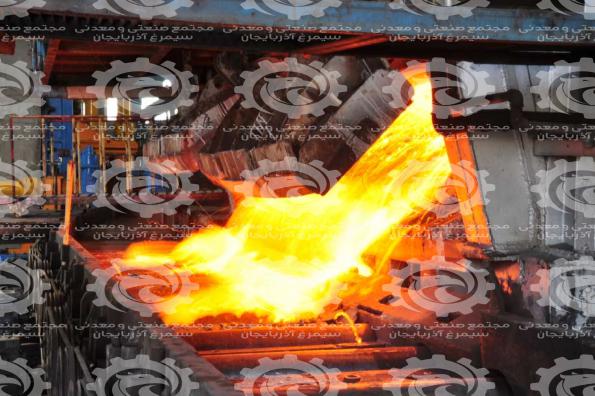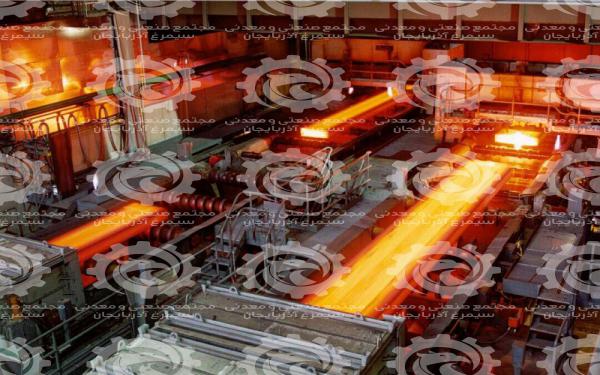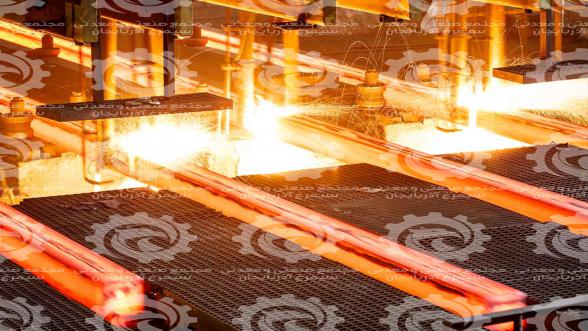Melting steel into ingots for sale

Ingot is an almost pure piece that is poured into different forms according to other processes. Smaller molds of metals less than 2 meters in length are widely used for gold, copper, aluminum, and laboratory specimens. Its cross-sectional area is trapezoidal. In casting, a piece of metal casting with a shape suitable for rolling or forging operations is called shamsh. In fact, ingots are semi-finished products that are later processed into other parts.
For more information melting steel into ingots Visit our website.

Melting steel into ingots temperature

Melted metal (pure or alloy) is converted to ingots by casting.
Gold Bullion
One specific case is the construction of a single crystal.
Single crystal
Single-crystal ingots of metals are formed by the Cherkalsky process or Bridgman’s techniques.
Single crystals can be used as semiconductors (such as silicon tablets, solar cells) or insulating minerals for industries or jewelry.
Single-crystal metal ingots are produced in the same way as high-purity semiconductor ingots. Single-crystal ingots are of interest to material engineers due to their high strength (due to the lack of grain boundaries). The production of single crystals is a single crystal dendrites method and is not produced by casting. For example, we can refer to the turbine blade.
There are other types of ingots, such as gold bars, aluminum ingots, and other metals.
Method of production
The ingots are produced in the form of molten metal by freezing. There are several purposes for producing ingots:
The mold is made in such a way that the melt is completely frozen and a suitable crystallite structure is formed. This structure determines the physical properties of matter.
The shape and size of the ingot is important for the next steps. Finally, the mold is designed to minimize melt casting and to easily remove the ingot from the melt, because melt casting increases the final price of the ingot.
For more information steel ingots meaning Visit the Mamra website.
Preparing melting steel into ingots for sale

The crystalline structure of the material mainly depends on the solubility and deposition in the molten material. During the filling process, the molten metal molds freeze faster in the wall, creating a columnar zone of grains that depends on the speed at which the molds cool and the rate at which the mold cools.
As the molten material cools, several areas form. One solid area is near the wall of the mold, which transfers heat from the melting melt. For alloys, there may be a mushy zone and a liquid zone. The emotional zone is formed in the fuzzy chart due to the solid-liquid equilibrium zone. The high freezing rate controls the time the dendrites and grains form in the solid. The width of the mushy zone is controlled by adjusting the thermal properties of the mold or the composition of the molten alloy.
Shampoos can also be produced by continuous casting.
About 70% of aluminum ingots in the United States are produced by direct cooling casting, which reduces cracks in the ingot.
Defects
In ingots created by the top filling method, when the melt cools inside the mold, a change in volume above the melt causes a shrinkage. Which is separated from the ingot by machining.
Another disadvantage of steel ingots is cracks that form along the length and surface.
For more information ingot steel priceVisit the Mamra site.
You can contact us to buy and sell this product:
Sales consultant: Ms. Leila Nematzadeh
Ways of communication: Phone number: 02147623014
Phone number: 02147623014
 Phone number: 04133660491
Phone number: 04133660491
 Phone number: 09120169267
Phone number: 09120169267
 WhatsApp Response (Skype): click
WhatsApp Response (Skype): click
 Instagram: simurgh_steel_company@
Instagram: simurgh_steel_company@
 email: info@simurghsteelco.com
email: info@simurghsteelco.com
 email: ironore110@gmail.com
email: ironore110@gmail.com
 Facebook: ironore110@
Facebook: ironore110@
 LinkedIn: simurgh-iron-and-steel-company-a68295180@
LinkedIn: simurgh-iron-and-steel-company-a68295180@
 twitter: CoSimurgh@
twitter: CoSimurgh@

 Call number:
Call number:  Whats app:
Whats app:  Address: Salimi industrial Park, Tabriz, IRI
Address: Salimi industrial Park, Tabriz, IRI Instagram:
Instagram:  email:
email:  Facebook:
Facebook: 








